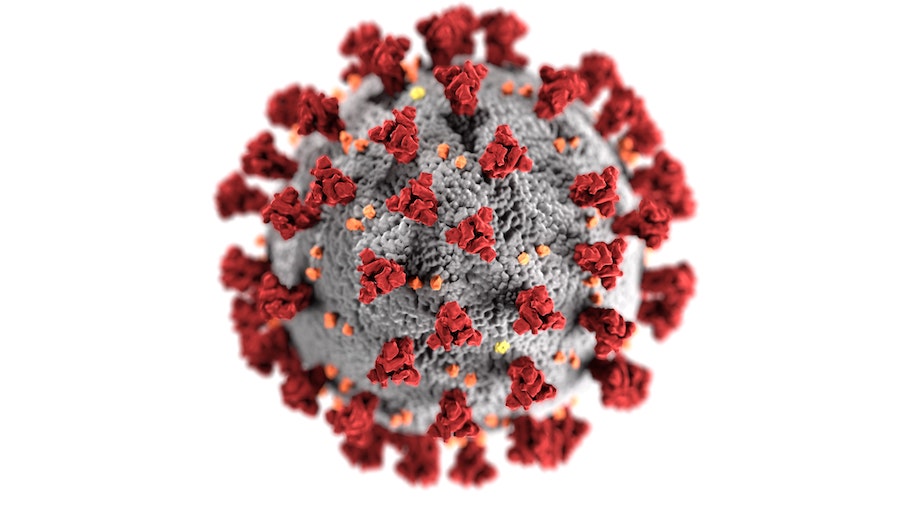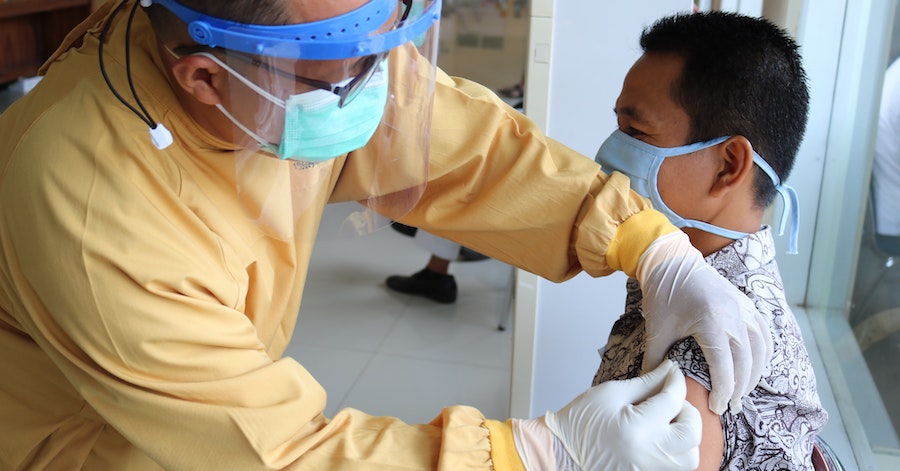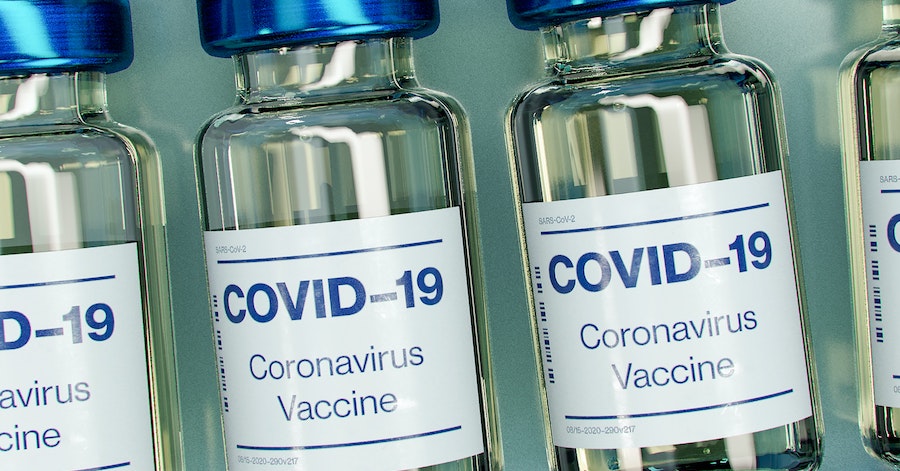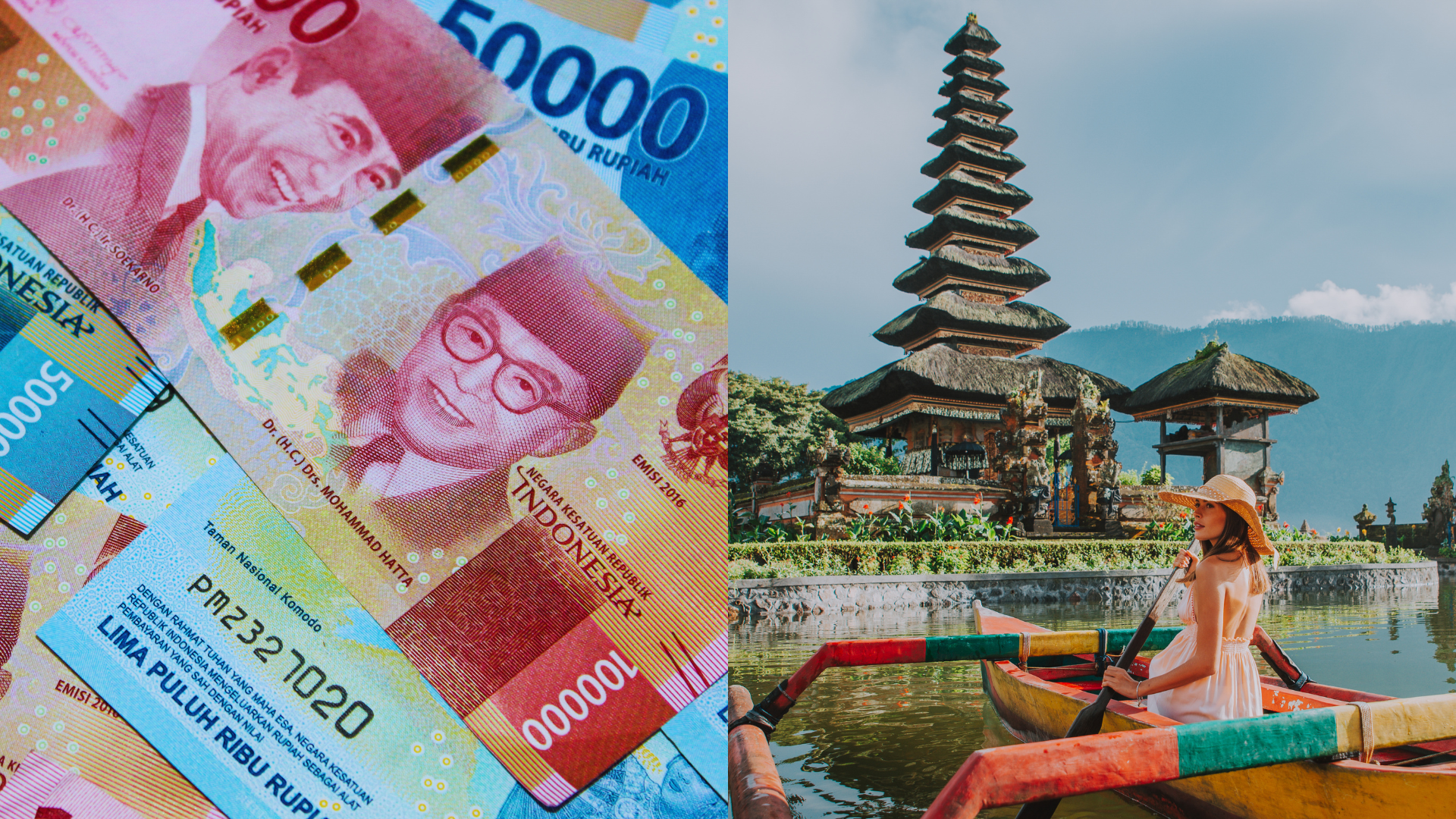What’s different about these new coronavirus strains? Here’s all you need to know about the evolving coronavirus and the various COVID-19 variants of concern.
It’s been said that the only constant is change — unfortunately, this includes mutations in the coronavirus too. As the numbers surge in the aftermath of the second wave of COVID-19 infections in India, people are beginning to pay more attention to the threat of the new COVID-19 variants as well as the varying individual demands of each mutated virus that countries were not prepared for.
Local updates: Due to a recent surge in COVID-19 cases, measures have been put in place to control the spread of the virus. Thus, from May 8 till May 30, we’ll be reverting back to Phase 2 for about three weeks. This means the closing of indoor gyms and fitness studios, lesser people being allowed into attractions, public libraries, funerals and MICE events, a five-people-limit at gatherings, as well as workplace numbers returning to 50 per cent.
Keep safe, and remember to bring along your TraceTogether token, or download the TraceTogether app, when out and about — the Trace Together-only Safe Entry will start on May 17, and the scanning of Safe Entry QR codes with phone cameras will be discontinued!
Make this page a permanent stay on your tabs for easy future updates.
(Last updated: 11 May 2021)
Guides to Resuming International Travel:
#1: Which Country Can I Travel to Now?
#2: Which Airlines Are Resuming Flights?
#3: Future of Air Travel After COVID-19
#4: When Can We Travel Again: 2023 Forecast
#5: Immunity Passports to Resume Travel
#6: Can Singaporeans Travel to Brunei & New Zealand?
#7: How Airlines Are Wooing You Back Onboard
#8: Post-COVID-19 Travel Habits
#9: How Tech & AI Are Helping to Reignite Tourism
#10: Singapore-Hong Kong Travel Bubble Guide
#11: Everything You Need To Know About Singapore’s COVID-19 Vaccinations
#12: Travel Corridor vs Travel Bubble: Everything To Know About Flying
#13: COVID-19 Variants: Everything You Need to Know About B117, B1351, B1617, B11281, B11282, B11283 and B1525
So, What’s A COVID-19 Variant?

Pretty much like your iPhone iOS upgrades, viruses, too, are constantly developing. Through the process of mutation, these changes result in the emergence, disappearance, or persistence of new variants. Singapore’s Centers for Disease Control and Prevention (CDC) assures that public health officials are studying this large family of viruses aka coronavirus — the COVID-19-causing virus being one type of it — to further understand if these COVID-19 variants are more prone to, easy-transmissions, causing milder or more severe reactions in people, detection by viral tests, treatment by current medication or COVID-19 vaccines.
Types Of COVID-19 Variants

Variant of interest: A variant containing specific genetic markers that have been associated with changes to receptor binding, reduced neutralization by antibodies generated against previous infection or vaccination, reduced efficacy of treatments, potential diagnostic impact, or predicted increase in transmissibility or disease severity. (Source: CDC)
E.g. P2, B1525
Variant of concern: A variant for which there is evidence of an increase in transmissibility, more severe disease (e.g. increased hospitalizations or deaths), a significant reduction in neutralization by antibodies generated during previous infection or vaccination, reduced effectiveness of treatments or vaccines, or diagnostic detection failures. (Source: CDC)
E.g. B117, P1, B1617
| COVID-19 Variants | Origins | In Singapore | Key Attributes |
| B117 | First detected in the United Kingdom, Sep 2020. First identified in the United States, Dec 2020. | 7 local + 181 imported | • Variant of concern • Most common version of coronavirus in the UK. • More contagious due to mutations in the parts of the virus that’s responsible for binding to human cells. |
| B1351 | First detected in South Africa, Oct 2020 First identified in the United States at the end of Jan 2021. | 8 local + 158 imported | • John Hopkins Medicine notes that this variant may have the ability to re-infect people who have recovered from earlier versions of the coronavirus. • According to CDC, this virus may be harder to neutralise. |
| B1617 | First identified in India, March 2021. | 10 local + 121 imported | • Classified as a ‘variant of global concern’ by the World Health Organisation. • Known as the ‘double mutant’, this evolved virus possesses the characteristics of two already identified variants, E484Q and L452R • More cases of breathlessness, increasing the demand for oxygen. – May be able to sidestep immunity — Pfizer-BioNTech vaccine is partially effective against it. • Four Indian strains identified at the moment according to The Straits Times: B1617: detected in 57 imported cases B16171: detected in three local cases and 11 imported cases B16172: detected in seven local cases and 52 imported cases B16173: detected in one imported case |
| P1 B11281 | First detected in Japan, from four travellers from Brazil, Dec 2020- First identified in the US, Jan 2021. | 3 local + 4 imported | • Variant of concern • Studies have shown the P1 variant to be as much as 2.5 times more contagious than the original coronavirus and more resistant to antibodies Source: Reuters |
| P2 B11282 | Brazil, April 2020 | 1 imported | • Classified as a ‘variant of interest’ by the World Health Organisation. |
| P3 B11283 | Brazil | 1 imported | • Known as the Philippine variant, it is said to differ substantially within the S protein and protein-coding regions of the virus — studies are being done to test its ability replicate, transmit, and induce disease. |
| B1525 | First recorded in the United Kingdom, Dec 2020 | 1 local + 9 imported | • Classified as a ‘variant of interest’ by the World Health Organisation. |
How To Combat COVID-19 Variants -— Are There Added Measures?

US Centers for Disease Control and Prevention Former Director Tom Frieden warns that variants increase the risk for all age groups because they are more transferable and more deadly. In fact, the number of Covid-19 patients under 40 in intensive care in Brazil has now surpassed older groups at 52%. However, Global News assures us that while the mutated viruses are more transmissible, their method of transmission hasn’t changed. Thus, the importance of maintaining existing measures with diligence (i.e. masks, safe-distancing and vaccinations).
In Singapore, the Straits Times announced a 21-day stay-home-notice for all travellers returning or arriving from India as a safeguard against the new variant.
On a global scale, the Canadian Government announced $9 million to fund the COVID-19 variants rapid response network, or CoVaRR-Net, in a nationwide collaborative effort to get a comprehensive grip on the variants. This includes studying them, as well as coordinating their findings with data collected from global public health agencies. This is especially useful for those handling and managing the pandemic right at the frontlines as well.
What Can We Do Now?

Do your part to keep everyone around you, as well as yourself, safe in the midst of this pandemic by practicing good hygiene and safe-distancing! While you’re at it, don’t forget to take a breather and remember that you’re not alone! We are all looking forward to the day when this pandemic will be a distant but important lesson.
Not on YouTrip yet? Get free $5 credit when you sign up for YouTrip with promo code <BLOG5>!
For more great tips and guides like this, join our Telegram Community (@YouTripSquad)and subscribe to our free weekly newsletter here or down below!
Related Articles:
COVID-19 Vaccine: Peaky Blinders, Disneyland, & Other Surprising Vaccination Hubs
Immunity Passports: Will They Help Resume Travel During COVID-19?
40% Willing to Visit COVID-19 Hotspots in 2021





















































